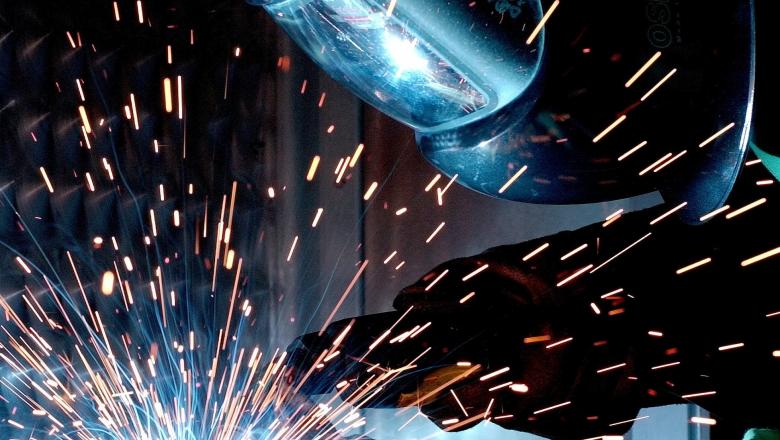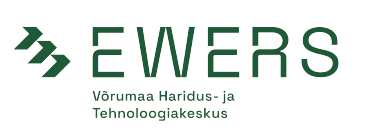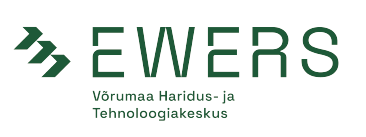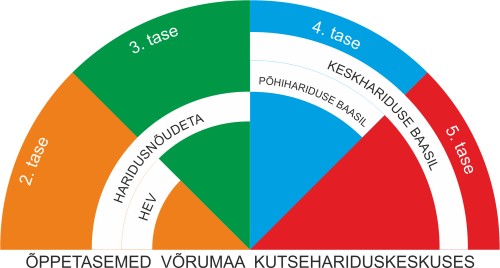- Admission
Admission
- Studies
Studies
- Student Life
Student Life
- Trainings
Trainings
- Centre of Competence
- About Us
- Contact
Sisseastumine
Welder (section ability semi-automatic welder)
| Type of Education | Form of Study | Prerequisite | Duration |
|---|---|---|---|
| Type of EducationLevel 4 vocational education | Form of StudyFull-time school-based education (daytime) | PrerequisiteBasic education | Duration1 year |
Who is a welder and what can they do?
Welding technology is one of the most important methods of metal processing in many industries. A welder's main tasks include preparing for welding tasks, assembling weld structures according to blueprints, performing welding joints, and conducting post-welding treatment and result verification. The job requires the ability to read blueprints, and knowledge of processing technology and material properties.
How can one become a welder?
Prerequisite for starting: basic education.
Form of study: non-stationary session study or workplace-based learning.
Duration of study: 1 year, with classes held one day per week.
Volume of company internship: 15 ECTS credits (approximately 390 astronomical hours).
Upon completion of the curriculum, a level 4 semi-automatic welder's vocational examination is taken, or optionally, a paid level 4 welder's vocational examination. (See certification granting)
What is learned?
Welders learn MIG/MAG welding, locksmithing, reading work blueprints, welding standards, assembling weld structures, the materials used, and measurement techniques.
What comes next?
Welders primarily work in companies that manufacture metal products and structures, and are needed for construction, installation, maintenance, and repair work.

Aivar Kalnapenkis



